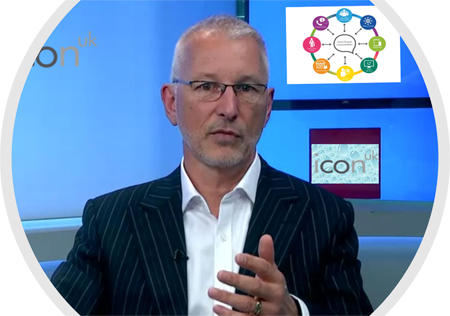Of all the technologies that are set to transform the legal and public sectors, eSigning is among the most significant. The Law Commission’s 2019 report into the subject determined that electronic signatures were, in general, legally valid and acceptable to the courts. However, eSignatures were poorly understood by the legal profession. A key recommendation from the Law Commission was that an “industry working group with multi-disciplinary membership should be convened by Government to consider practical issues relating to the electronic execution of documents”.
A working group was subsequently established by the Ministry of Justice, and recently issued an interim report. Among the group’s members is Chris Jones, the Managing Director of Icon UK, a recognized authority on eSignatures.
The MoJ interim report firmly concluded that the UK should push ahead with wider usage of eSignatures, stating:
“The benefits of electronic execution of documents include speed, clarity, simplicity and security. Appropriate electronic signatures are a safe and effective way of entering into legally binding transactions of all kinds. These include anything from major financial transactions to the sale of goods to consumers.”
The report also pointed out that the technologies required for eSigning are already widely available:
“The technology and legal framework already exist to allow electronic signing by anyone from a major corporation to an individual. HM Land Registry already permits sales of property to be conducted using an electronic signature...”
Chris Jones explains that there are three broad categories of eSignature. First, Simple eSignatures allow for basic signing without authentication. These signatures could be scanned from paper, or involve the creation of a typed signature, such as those supported by PDF documents. The next level – Advanced – allows for more genuinely electronic signatures (also called Digital Signatures) and links the signatory’s identity to the signed document. Only at the top level – Qualified – can eSignatures provide a truly secure experience in which the signatory’s identity is positively verified. Qualified eSignatures (QES) can replace the need for documents to be notarized – a slow and expensive process. Many types of deeds can be eSigned.
Chris further explains how current eSignature capture systems can help detect fraud. There are two broad options: encrypted digital signatures and ‘biometric’ eSignatures, in which a person’s signature is captured by specialist hardware. While ink-on-paper signatures simply capture a shape, and can be replicated with practice, biometric systems also capture the order, strength, speed and rhythm of signature strokes. No two signatures are the same, but sophisticated algorithms can determine whether two signatures are similar enough to have been drawn by the same person.
On the other hand, remote online signing to a QES standard utilizes a mix of user identification techniques such as live video-call agent, 3D facial recognition validated against passport chip data, bank/address/phone details, and/or identity documentation.
Selecting a QES standard means that whether an in-person biometric signature or a remote signature (or both) are used, they are extremely difficult, if not impossible, to forge; and so eSignatures can be far more reliable than traditional ones, with better convenience, speed, security and proof.
For Icon UK, eSignatures are just part of a wider offering that encompasses the entire document lifecycle from composition to archive. Icon’s products and services can be purchased from Bramble Hub by public sector buyers via various frameworks (for more information on buying Icon’s services, see their partner page).

